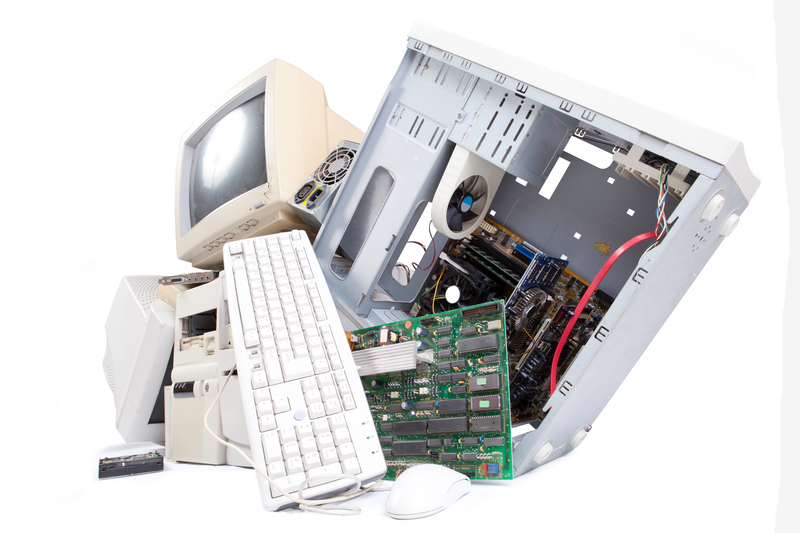In an era where sustainability is more than just a buzzword, integrating eco-friendly trash systems in workplaces is crucial. Not only do these systems help in reducing waste, but they also pave the way for a greener and more sustainable environment. Workplaces have a significant role to play in this initiative since they generate substantial amounts of waste daily. This article delves into the different types of eco-friendly trash systems, their benefits, challenges, and tips to implement them effectively.
Understanding Eco-Friendly Trash Systems
Eco-friendly trash systems are designed to minimize the impact of waste on the environment. The primary goal is to increase recycling, reduce landfill use, and promote the use of biodegradable materials. These systems encompass a variety of strategies, including the segregation of waste, composting organic matter, and recycling non-biodegradable items.

Types of Eco-Friendly Trash Systems
Implementing an eco-friendly trash system means choosing the right type for your workplace. Here are some popular options:
- Separate Bins for Different Types of Waste: Having dedicated bins for paper, plastic, glass, and organic waste helps in the proper segregation and recycling of materials.
- Composting Bins: These bins are used to collect organic waste which can be composted and used as a natural fertilizer.
- Smart Trash Cans: These technologically advanced trash cans can sort waste automatically and help in managing waste more efficiently.
Implementing Eco-Friendly Trash Systems in Workplaces
Successful implementation of eco-friendly trash systems requires careful planning and employee participation. Here are some steps to help you get started:
- Assess Your Waste: Conduct a waste audit to understand the types and amounts of waste generated by your workplace.
- Create a Waste Management Plan: Based on your audit, develop a comprehensive plan that outlines how waste will be managed. This plan should include the types of bins to be used, labeling, and placement locations.
- Employee Training and Engagement: Educate employees about the importance of waste segregation and recycling. Encourage them to participate actively through workshops and incentive programs.
- Regular Monitoring: Continuously monitor the system to ensure its efficiency and make adjustments as needed.
Pros and Cons of Eco-Friendly Trash Systems
Pros
- Environmental Benefits: Significantly reduces the amount of waste sent to landfills and promotes recycling and composting.
- Cost Savings: Reducing waste disposal costs and potentially generating revenue from recycled materials.
- Enhanced Corporate Image: Demonstrates a commitment to sustainability, which can improve a company's reputation.
Cons
- Initial Investment: Setting up eco-friendly trash systems can be costly initially due to bin purchases and potential infrastructure changes.
- Employee Resistance: Some employees may be resistant to change or may not adhere strictly to waste segregation guidelines.
- Maintenance: Eco-friendly systems require regular monitoring and maintenance to ensure they are functioning properly.
Tips for Effective Implementation
- Clear Signage: Use clear and concise labels on all bins to avoid confusion and ensure proper segregation.
- Accessible Placement: Place bins in convenient and high-traffic areas to make it easy for employees to dispose of waste correctly.
- Involve Management: Ensure that leadership supports and actively participates in the initiative to set a good example.

Takeaways
Eco-friendly trash systems are more than just an environmental necessity; they are a strategic move towards sustainable business operations. By implementing these systems, workplaces can reduce their carbon footprint, enhance their corporate image, and even achieve cost savings through reduced waste disposal expenses. Proper planning, employee engagement, and continuous monitoring are key to the success of these initiatives.
Conclusion
Incorporating eco-friendly trash systems in the workplace is an integral step towards sustainability. While there are challenges to be addressed, the benefits far outweigh the drawbacks. With the right approach and commitment, workplaces can significantly contribute to environmental conservation and promote a greener future.

